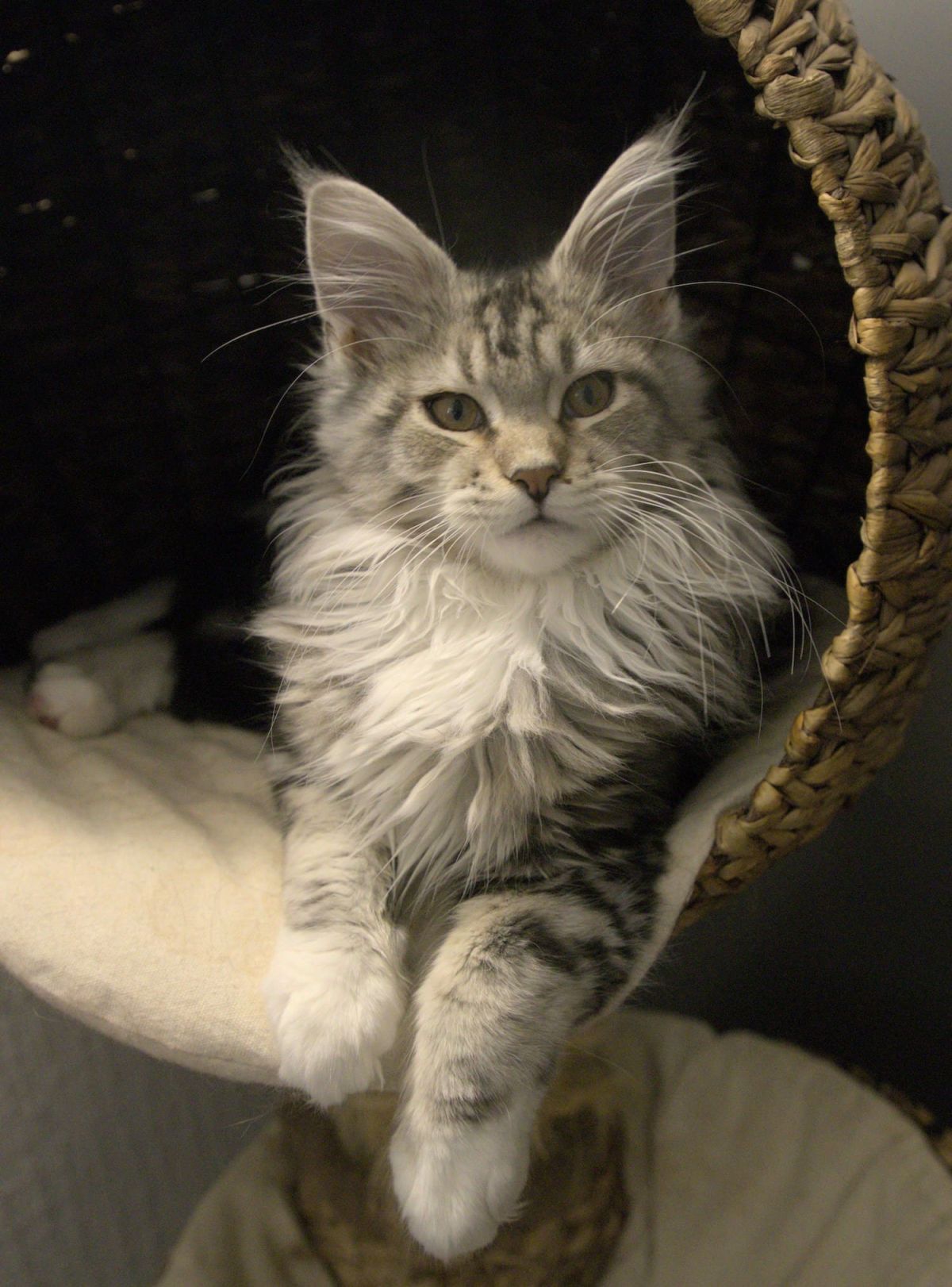Tips and Steps to Bathing Cats That Newbies Must Understand
 July 31, 2023
July 31, 2023
Bathing a kitten or an adult cat can be a daunting task, especially for those new to cat ownership. Cats are known for their grooming habits, as they generally keep themselves clean. However, there are situations when a cat requires a bath, such as when they get into something sticky or dirty. So we are here to provide some tips and step-by-step guidance to help newbies understand the process of bathing kittens and adult cats effectively.
![]() Prepare in Advance
Prepare in Advance
Prepare all the necessary supplies. These may include pet-friendly shampoo, preferably hypoallergenic, a washing cloth, towel, spray hose or a pitcher, rubber gloves, and treats. The use of human shampoos or soap is not advisable since they could dry out the cat’s skin and degrade the coat’s natural shine. The bathroom is an ideal place as it has a confined, slip-resistant space and easy access to water.
![]() Before Starting to Bath
Before Starting to Bath
The bathing process should start before making entry into the bathroom. Brush the cat’s coat to remove loose hair and untangle any knots. This step is particularly crucial for long-haired breeds to prevent matting and hairballs. It would help if you also took this opportunity to check for any skin anomalies such as ticks, fleas, or sores that might need immediate veterinary attention.
Before wetting the cat, make sure the water temperature is lukewarm. Cats are sensitive to extreme temperatures, so it’s crucial to avoid hot or cold water that may cause discomfort or distress. Test the water on your wrist to ensure it’s at an optimal temperature.
![]() Introduce the Cat to Water Gradually
Introduce the Cat to Water Gradually
Cats are naturally averse to water, so it’s important to introduce them to the bathing process slowly. Begin by placing the cat in an empty bathtub or sink without water and offer treats or praise to create a positive association. This step helps the cat become comfortable with the environment.
![]() Gently Wet, Lather the Cat, and Rinse Thoroughly
Gently Wet, Lather the Cat, and Rinse Thoroughly
Wet the cat from the neck down using a spray hose or a pitcher. Avoid the face, ears, and eyes as water in these areas can be fatal or lead to ear infections. Apply the pet-friendly shampoo, lather with your hands or washcloth and gently massage your cat’s body. Be thorough but careful to rinse all the shampoo out to avoid any skin irritation later.
![]() 5Towel Dry and Comfort
5Towel Dry and Comfort
Wet the cat from the neck down using a spray hose or a pitcher. Avoid the face, ears, and eyes as water in these areas can be fatal or lead to ear infections. Apply the pet-friendly shampoo, lather with your hands or washcloth and gently massage your cat’s body. Be thorough but careful to rinse all the shampoo out to avoid any skin irritation later.
![]() Post-Bath Treats and Positive Reinforcement
Post-Bath Treats and Positive Reinforcement
After the bath, reward your cat with treats and praise to reinforce positive associations with the experience. This helps to build trust and reduces anxiety for future bathing sessions. Offering treats or engaging in playtime can help distract the cat and divert their attention from the bathing process.

An Authoritative Glimpse into the World’s Top Ten Most Popular Categories of Pets


Why Do Cats Squirm Before Pouncing


True Heartwarming Stories: The Unbreakable Bond Between Animals and Humans


Pets’ Interesting News and Anecdotes


Owning a Pet May Help Maintain Mental Health When We’re Over 65


Pet IQ Test: Explore Your Pet's Intelligence and Potential


Pet Insurance: A Must for Comprehensive Pet Protection


Instruction to PetSmart


How to Train a Golden Retriever


How to Run a Successful Pet Boarding Service


How Can I Find a Veterinarian Near Me


Is the Ragdoll Cat Easy to Raise


What Do Maine Coon Cats Like to Eat


Chinese Crested Dog Wins Champion Title at 2023 Ugliest Dog Contest in California


Some New Laws About Pets


Why Do Cats Like to Sit in Squares So Much?















